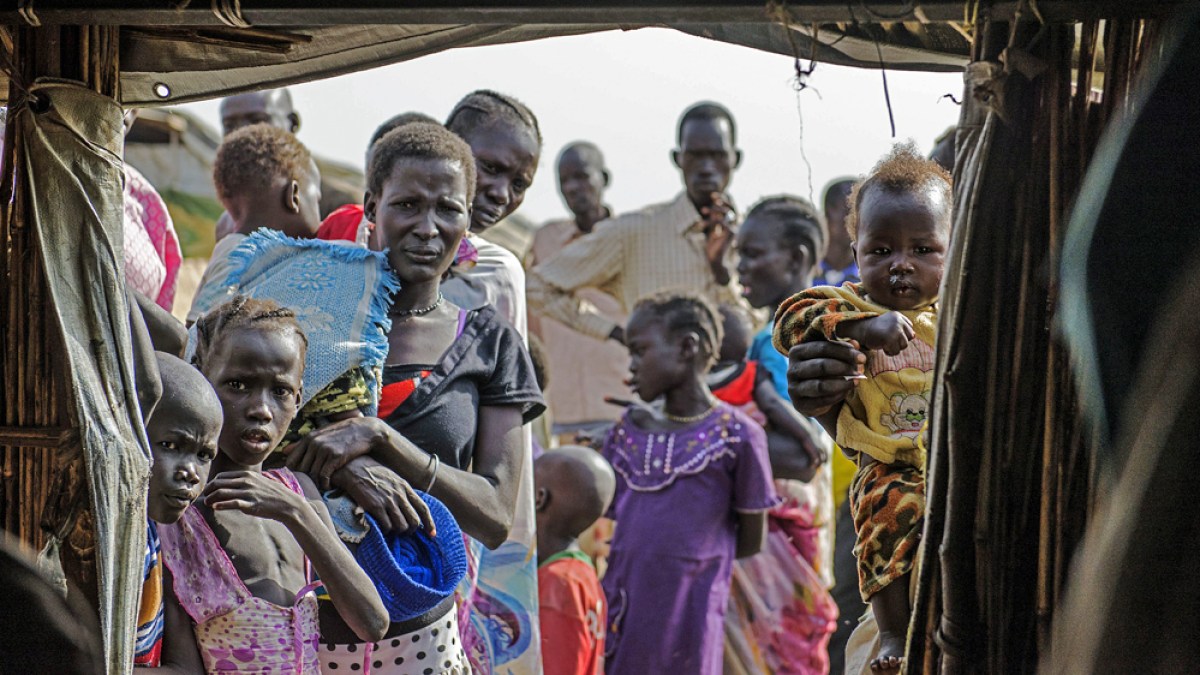Enhancing Healthcare in Underserved Communities: Fostering Health Equity. Access to quality healthcare stands as a fundamental human right, yet for millions in underserved communities globally, this privilege remains a distant aspiration. Underserved populations, often marginalized due to economic, geographical, or social factors, face significant challenges in obtaining adequate healthcare. Improving the health of individuals in these communities requires multifaceted interventions that address barriers to access, prioritize preventive care, and foster community empowerment.
Understanding Underserved Communities
Underserved communities encompass diverse groups facing barriers to healthcare access. This may include rural populations, ethnic minorities, socioeconomically disadvantaged groups, and those lacking adequate health infrastructure. Factors such as limited financial resources, inadequate healthcare facilities, transportation issues, and cultural or language barriers compound these challenges, creating a significant healthcare gap.

Barriers to Access
One of the primary obstacles in underserved communities is the lack of proximal healthcare facilities. Geographical remoteness often leads to reduced access to hospitals, clinics, and medical professionals. Financial constraints further exacerbate the issue, impeding access to necessary treatments and preventive care. Additionally, limited health literacy and cultural disparities hinder effective communication and understanding between healthcare providers and the community.
Strategies for Improvement
Addressing the healthcare needs of underserved communities necessitates a multifaceted approach. Increased investment in healthcare infrastructure, including the establishment of community health centres and mobile clinics, can extend healthcare services to remote areas. Collaborations between healthcare providers and community leaders aid in culturally sensitive healthcare delivery, bridging the gap in communication and understanding.
Promoting health literacy through educational initiatives empowers individuals to make informed decisions about their health. Outreach programs focusing on preventive care, disease screenings, and vaccinations can significantly impact public health outcomes. Moreover, engaging community members in healthcare decision-making processes fosters a sense of ownership and enhances the sustainability of health interventions.
Importance of Preventive Care
In underserved communities, placing a paramount emphasis on preventive care initiatives emerges as a crucial strategy. Implementing robust educational programs that delve into healthy lifestyle choices plays a pivotal role in steering communities towards better health. These initiatives, ranging from informative workshops to interactive sessions, are instrumental in enlightening individuals about the significance of maintaining a healthy lifestyle. Additionally, regular health screenings wield substantial influence in identifying potential health risks at early stages, enabling timely interventions to prevent the escalation of ailments. Moreover, organizing vaccination campaigns within these communities forms a proactive shield against various preventable diseases, bolstering the overall resilience of the population.
The core of these efforts lies in empowering individuals, arming them with knowledge and resources to proactively manage their health. Elevating awareness about preventive healthcare measures, including information about balanced nutrition, physical activity, and regular health check-ups, cultivates a culture of health consciousness within these communities. Providing accessible resources and facilitating avenues for healthy living, such as community wellness programs or initiatives, creates an environment that encourages and supports healthier choices. This empowerment not only fosters a sense of ownership over one’s well-being but also instils a proactive mind-set toward health, leading to more informed decision-making about healthcare practices and lifestyles. Ultimately, these collective efforts converge to make a tangible difference, amplifying the potential for improved health outcomes and a better quality of life within underserved communities.
Conclusion
Improving healthcare access in underserved communities is a critical step toward achieving health equity. By addressing the multifaceted barriers to access, promoting health literacy, and prioritizing preventive care, we can bridge the gap in healthcare disparities. Empowering these communities to become active stakeholders in their healthcare journey is key to fostering sustainable change and ensuring that healthcare becomes a universal right, not a privilege.
Through concerted efforts, collaborations, and targeted interventions, we can strive towards a future where every individual, regardless of their background or geographical location, has access to equitable and quality healthcare.
Related Article ; Addressing Health Inequalities: Bridging the Gap for Equitable Healthcare Access
Image credit: https://www.aljazeera.com/


Social Plugin